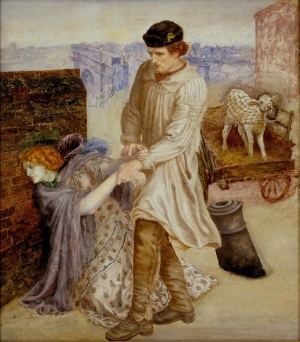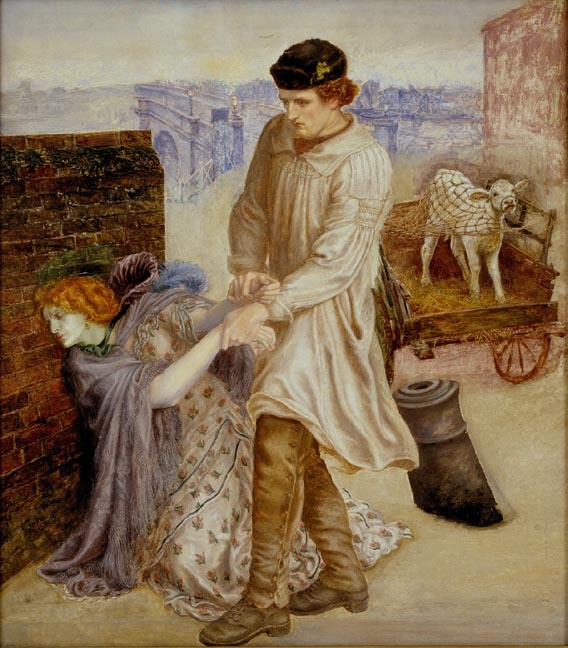ENG 5880 Victorian Literature W 5-8pm
Dr. Jill Ehnenn
Art Objects and English Words: Ekphrasis and the Making of the Nineteenth-Century “World”

…And here, as lamps across the bridge turn pale
In London's smokeless resurrection-light,
Dark breaks to dawn…. (Found, DG Rossetti)
This course examines Victorian prose and verse in the category of ekphrasis- the verbal representation of a visual representation. We’ll begin with the assertion that ekphrasis operates as an influential mode of world-making that reflects Victorian notions of power/knowledge: vision as the primary source of knowledge and perception, white male masculinity as normative, and the British Empire--with its trade investments from space to objects to flesh--as center of and creator of the modern “world.” Yet nineteenth-century ekphrasis also contains the tools for, and evidence of, non-visual modes of perceiving the world, of being a minoritarian (female, queer, and/or non-white) subject in the world, and reconceiving of the very notion of “world,” itself. Representative authors include Charlotte and Ann Bronte, Robert and Elizabeth Barrett Browning, Christina and DG Rossetti, Walter Pater, Vernon Lee, AC Swinburne, “Michael Field,” Oscar Wilde, and Saronjini Naidu.

